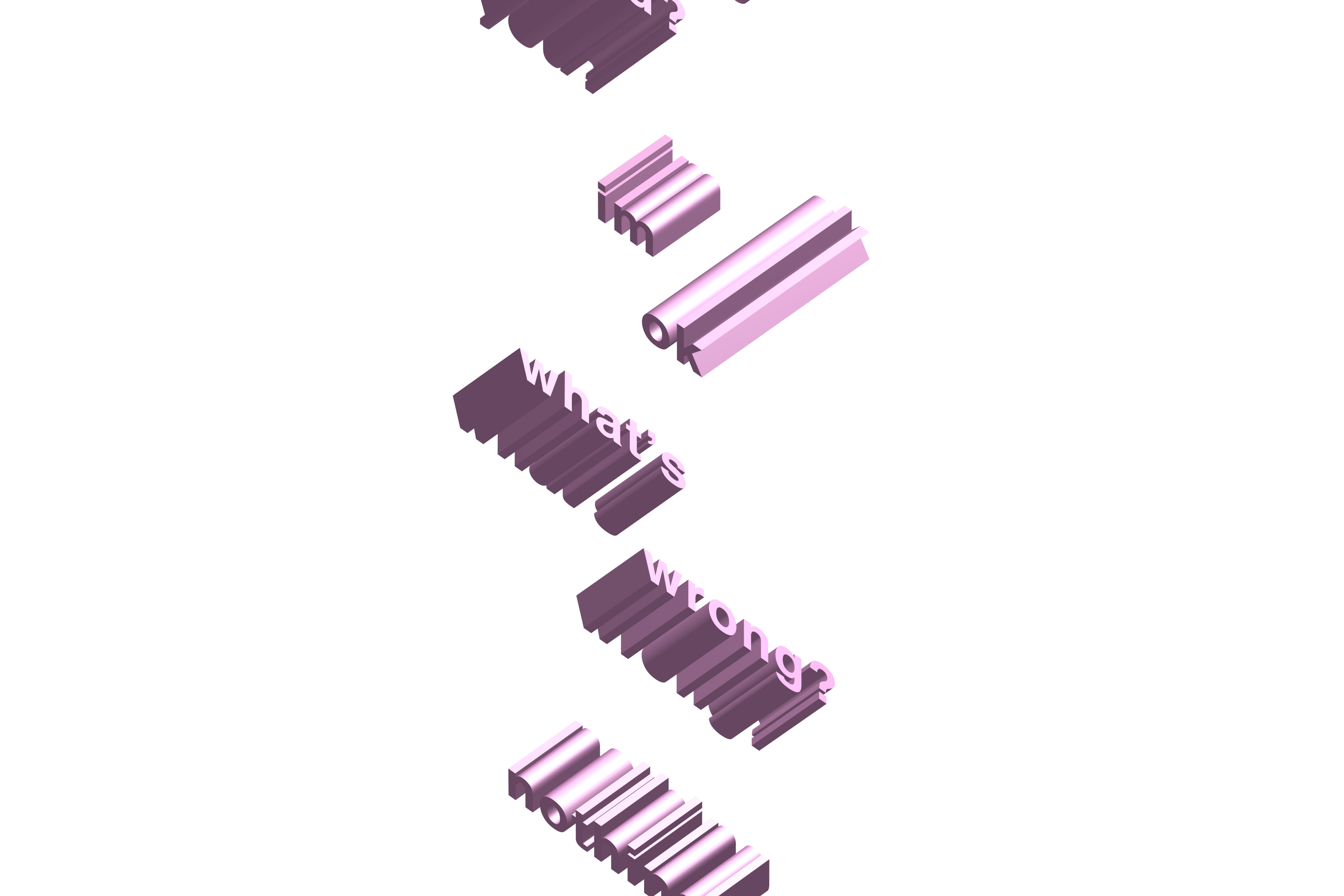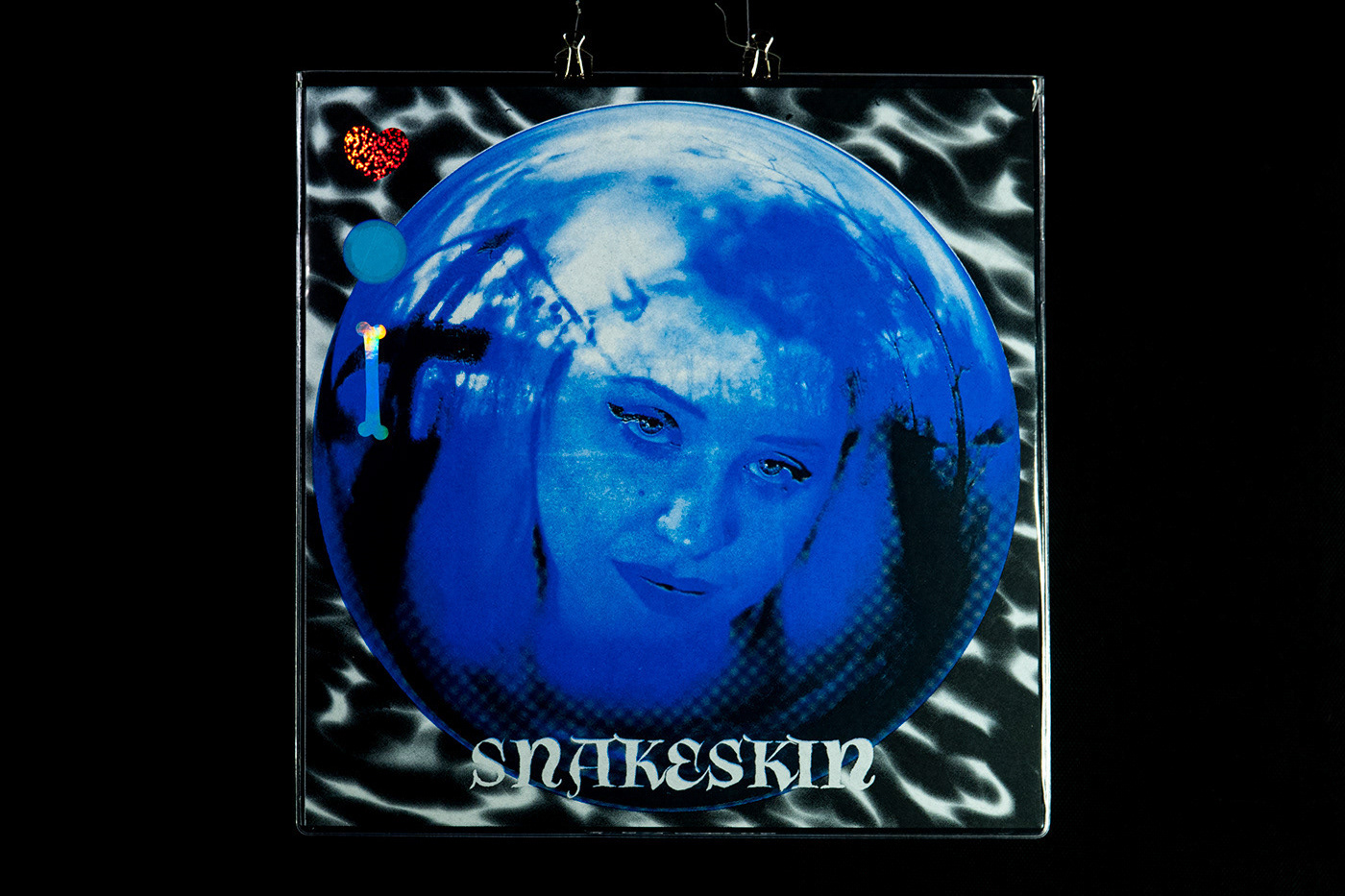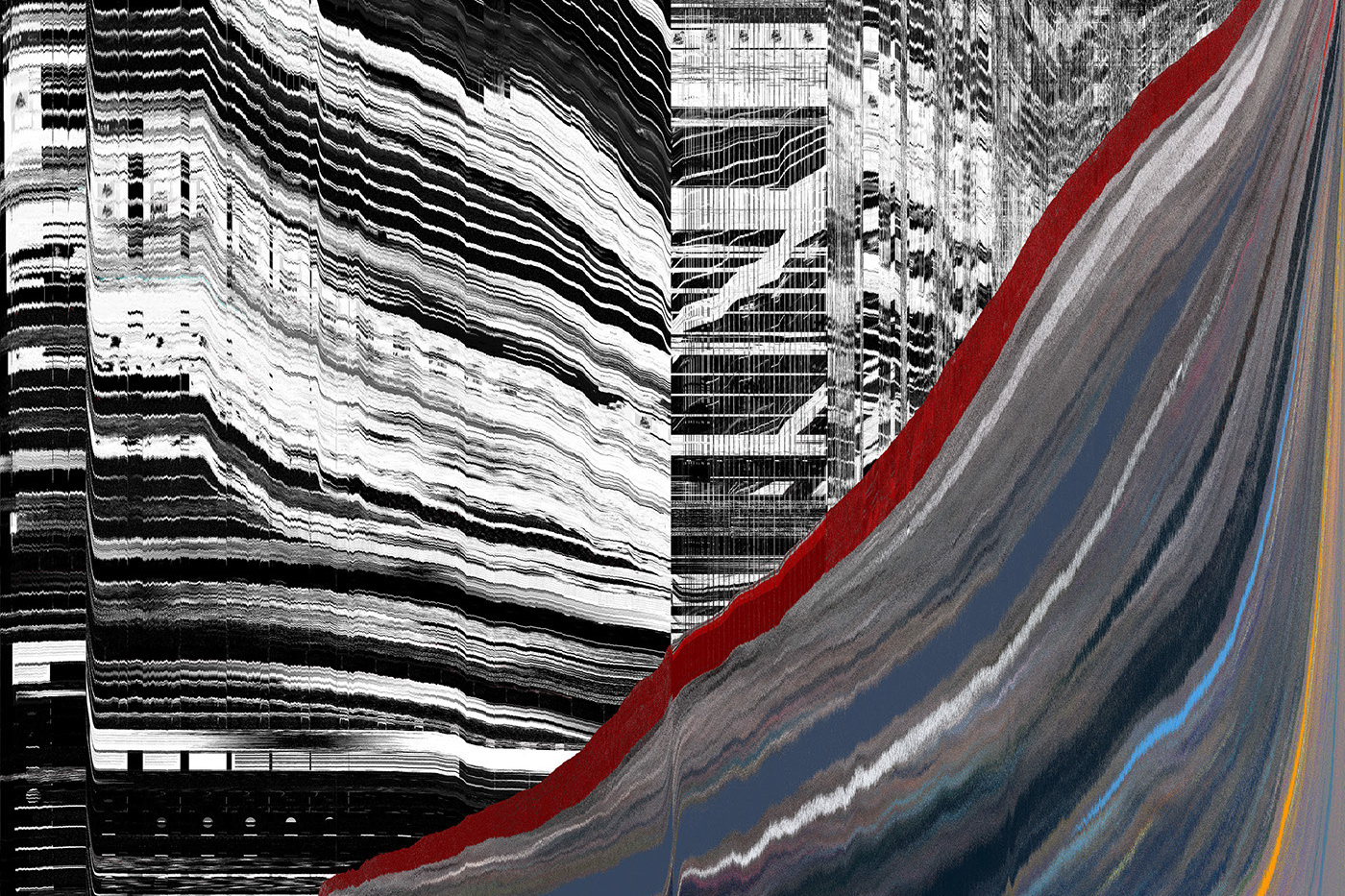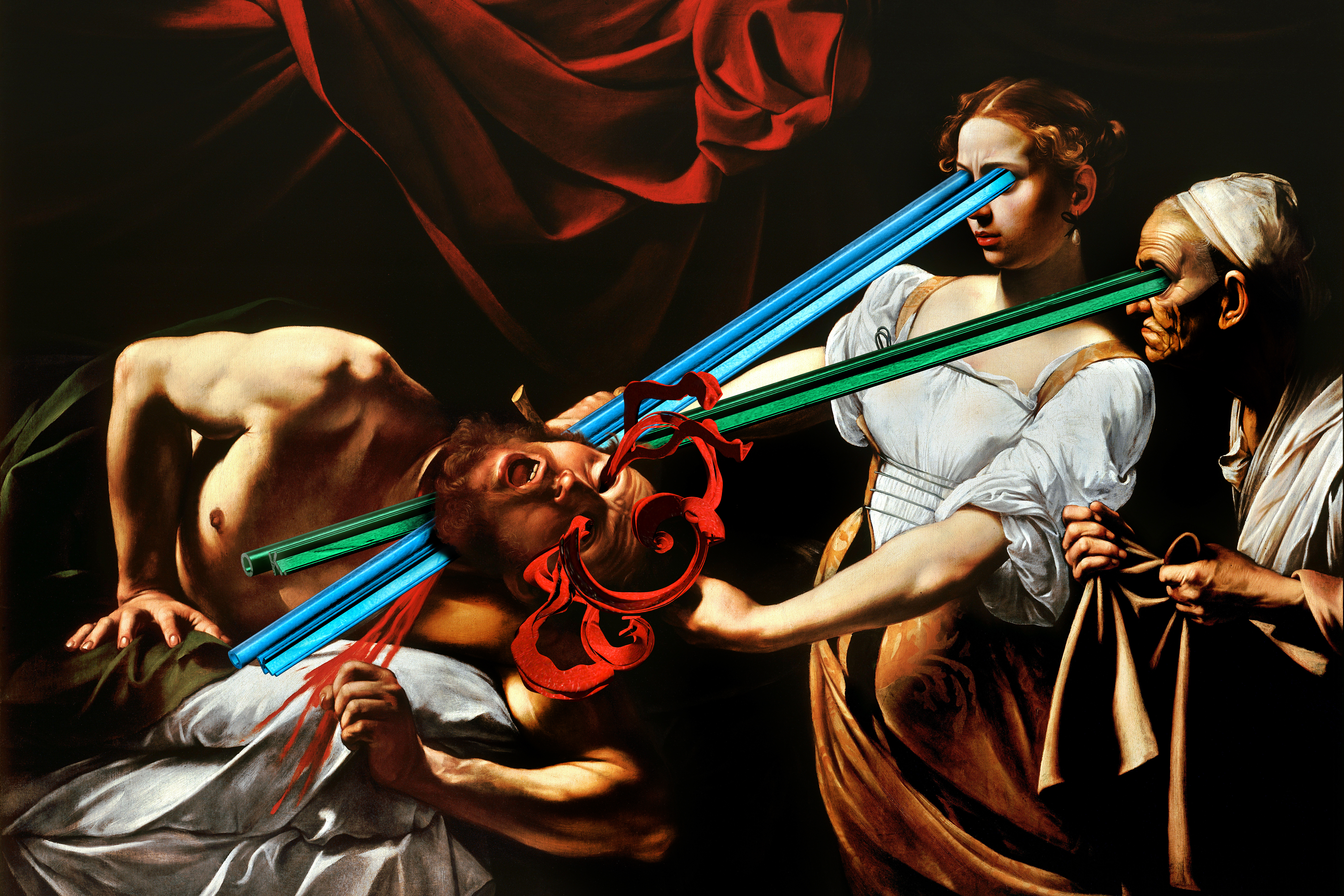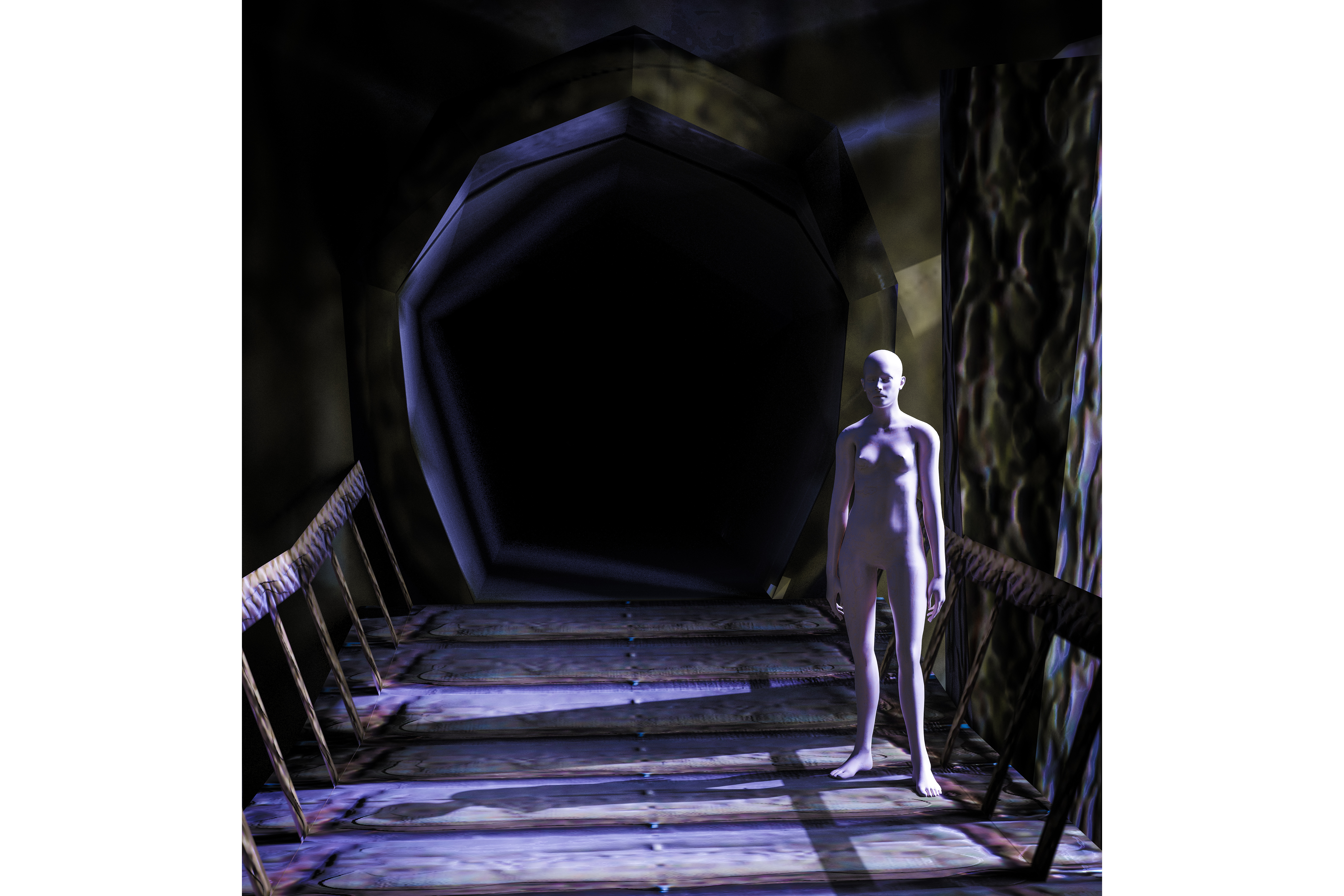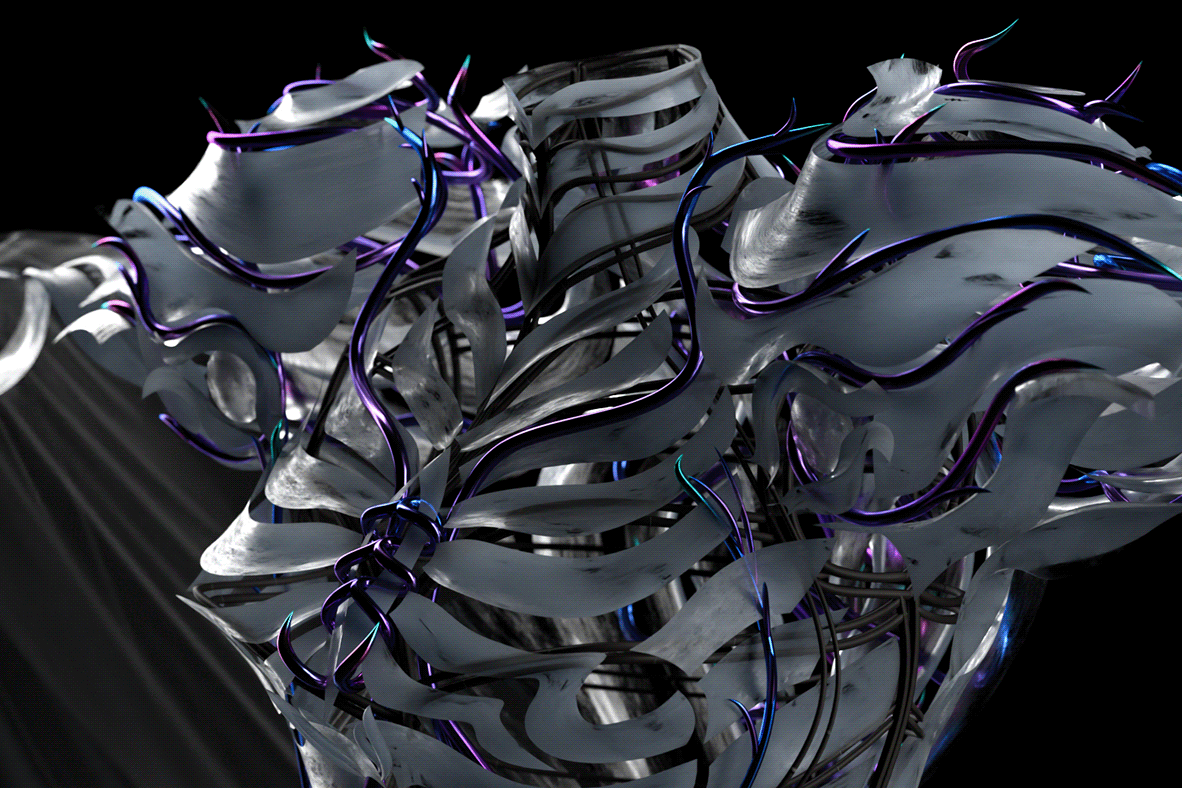Identifying Early Signs of Psychosis in Adolescents & Young Adults is a online Continuing Medical Education course by Stanford Medicine and Dr Kate Hardy. It conveys the importance of communication, empathy, and doctor-patient relationships in helping people with psychosis using short didactic videos and a three-part interactive short film, "Allie's Story," about a young adult with early onset psychosis.
Allie's Story, by Stanford EdTech, directed by William Bottini
Allie's Story
Our short film follows Allie, a high school student, as she begins to hallucinate and struggle with her schizophrenic psychosis. She doesn't understand what is happening to her mind and, even worse, is met with unhelpful doctors and therapists who frighten her with the suggestion that she may be beyond help. In denial, she shuts everyone out of her life until she reaches a breaking point and, eventually finds appropriate help for her illness.
Allie's story makes significant use of interactive video. Viewers are able to jump into Allie's perspective and experience a simulation of the auditory and visual hallucinations experienced by Allie has her symptoms worsen. The intention of this presentation is to reinforce a key learning objective of the course: that patients' inner experiences can be dramatically different than they seem, and that doctors need to communicate in a way that helps patients disclose their real feelings and experiences.
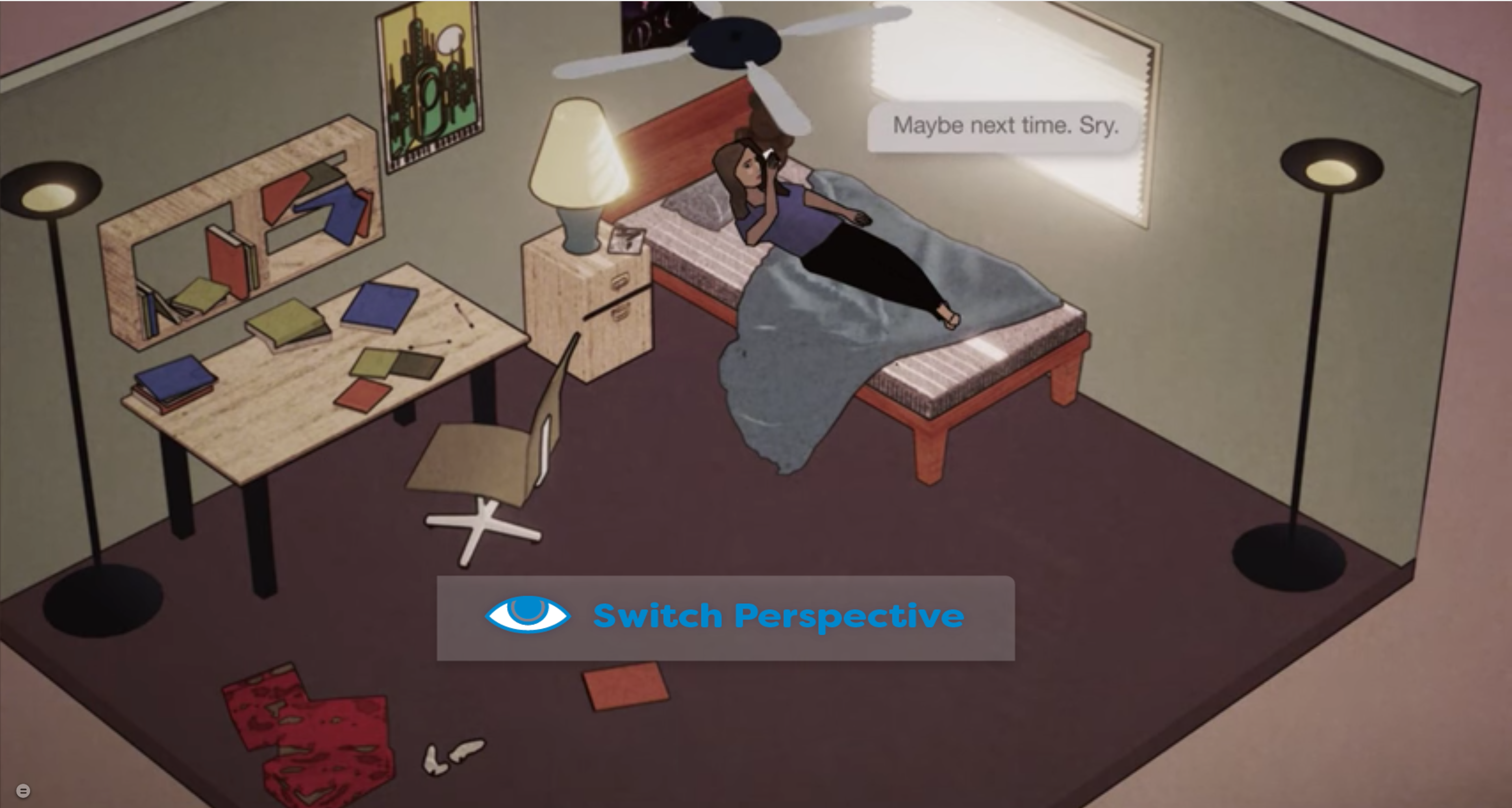


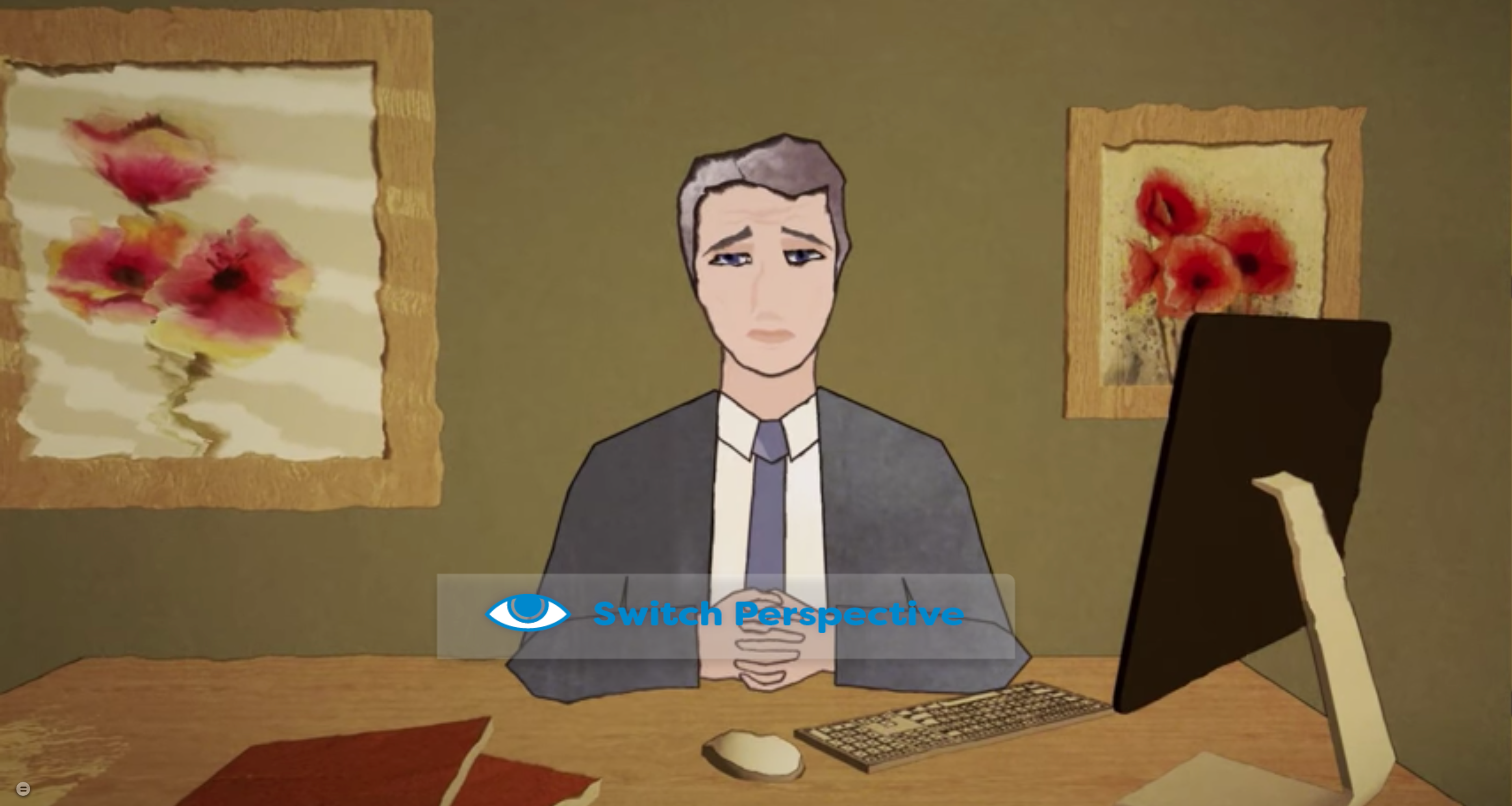
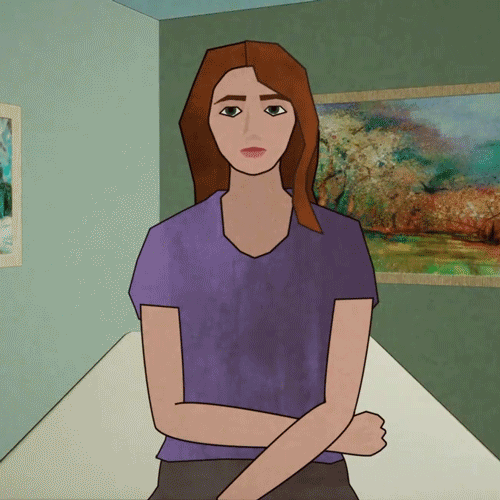

Perspective can be switched at key moments in the short film. Allie's perspective sometimes shows audio-visual hallucinations.
Each video is constructed from a series of video clips which "branch" into parallel videos that users can switch between on the fly. Video edited by Andrew Baek.
3D Environments & Character Animation
Allie's Story is built using a combination of pre-rendered 3D environments and characters animated using Adobe Character Animator. We chose to animate our story due to the iterative nature of building and writing an interactive experience, particularly for medical education. As research evolves and facts change, we will be able to update Allie's Story -- something we couldn't do with real footage.
After writing and storyboarding the script, our 3D artist Huy Tran built environments using Maya and the Unreal Engine, which we then captured using virtual cameras. Lauren Watley, animator and illustrator, then composited our characters on top of the scenes using a combination of After Effects animation and Adobe Character Animator, which uses real time facial tracking to track an actor or animator's face as they perform scenes.


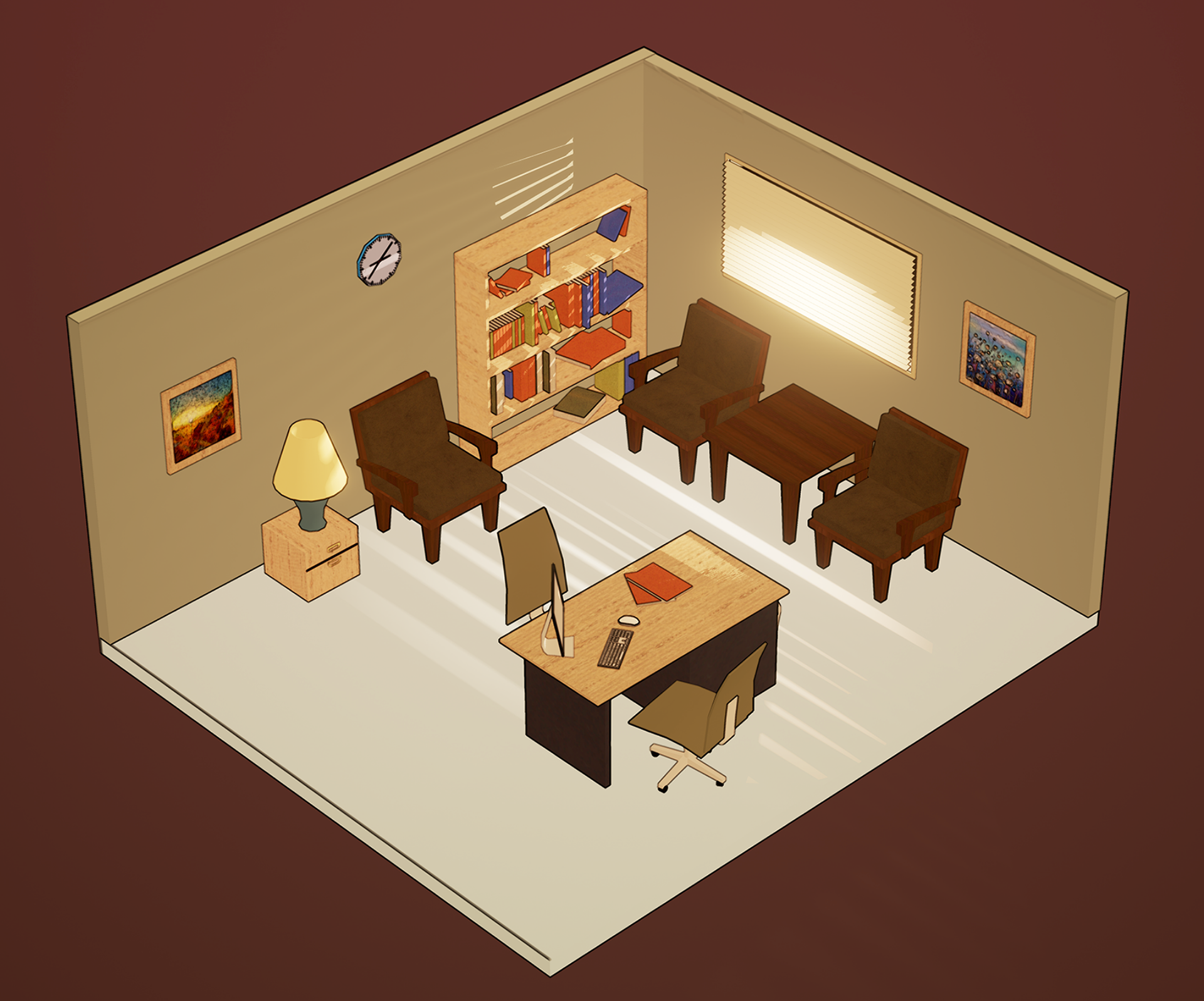
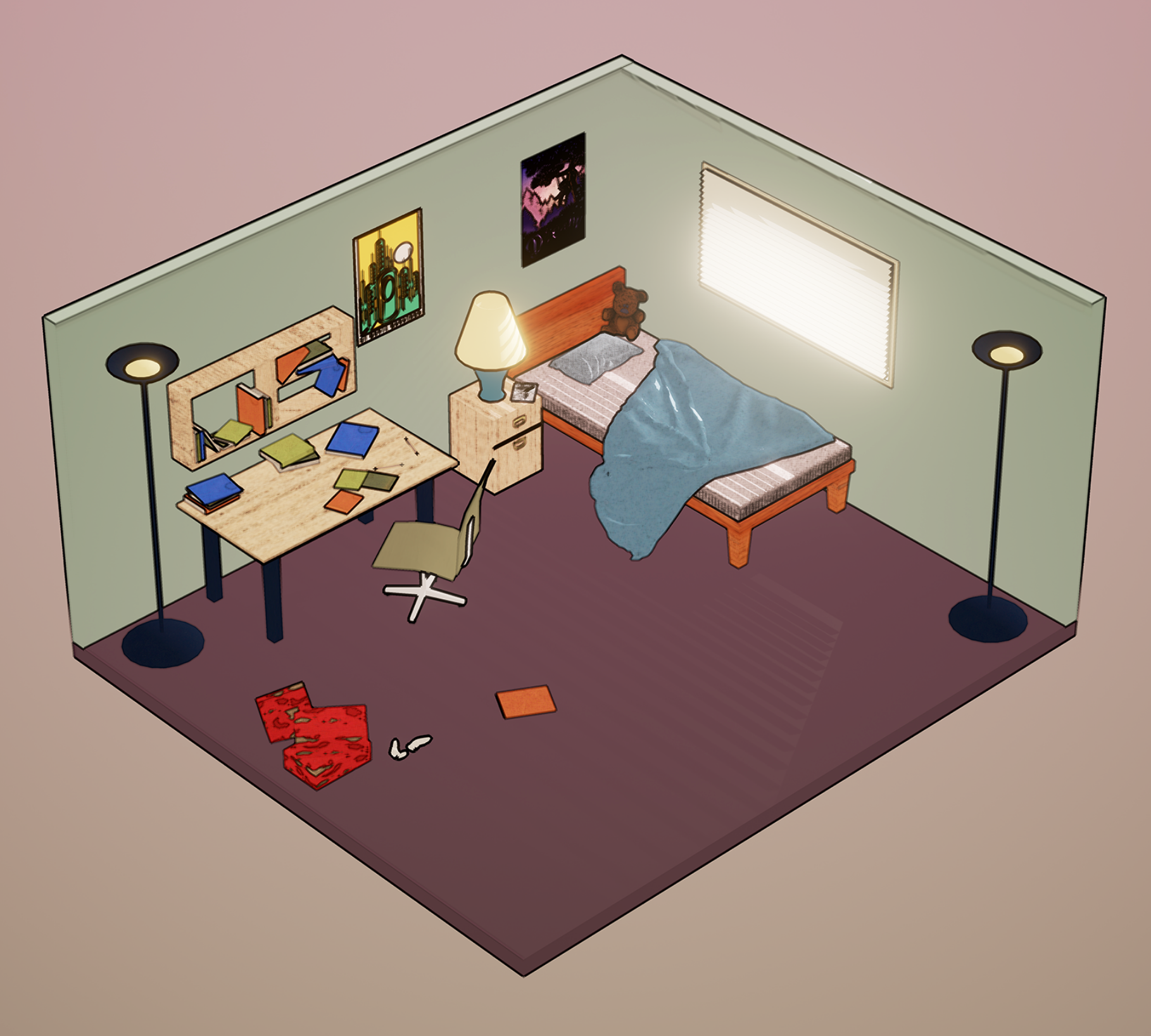
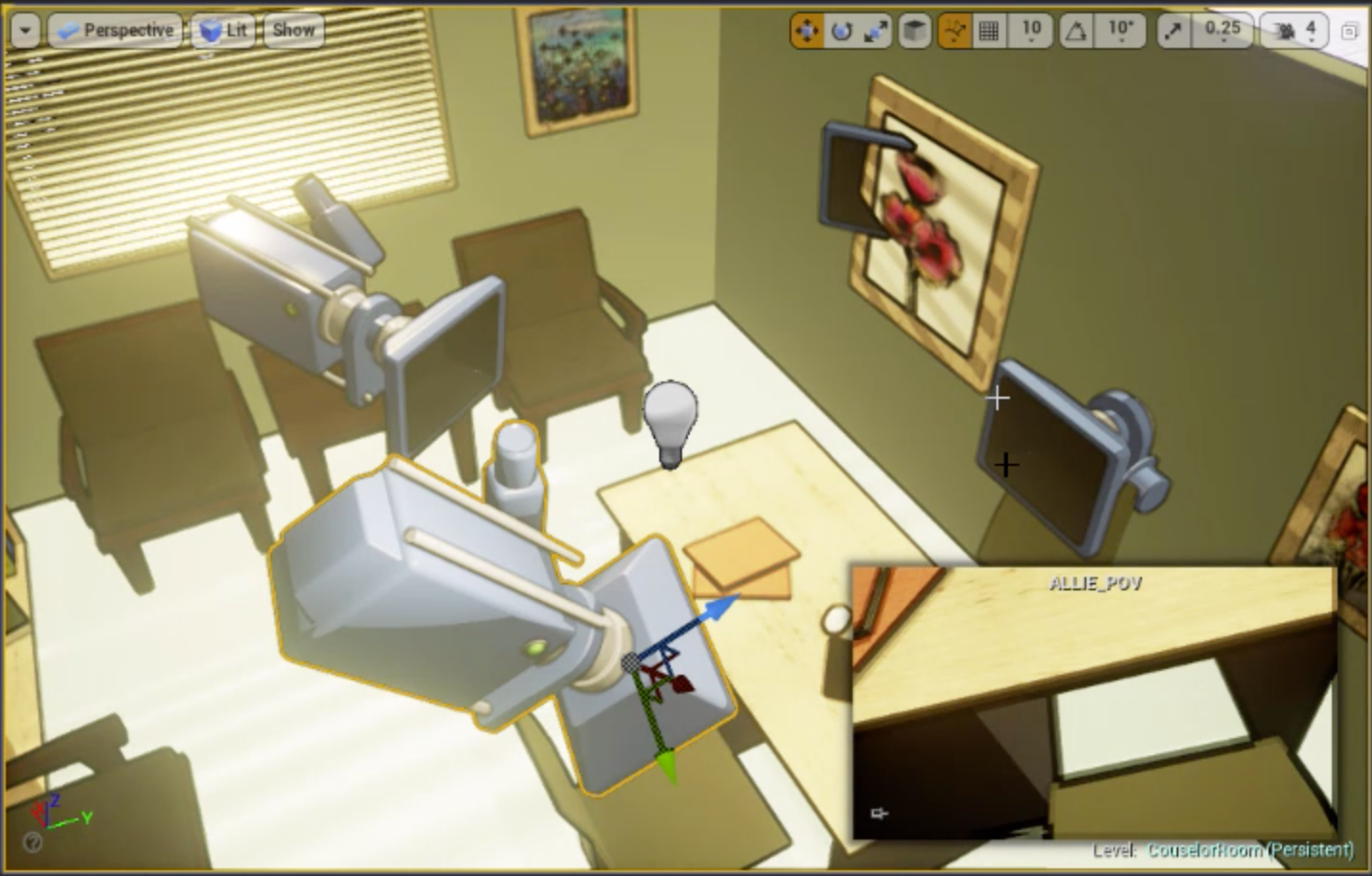
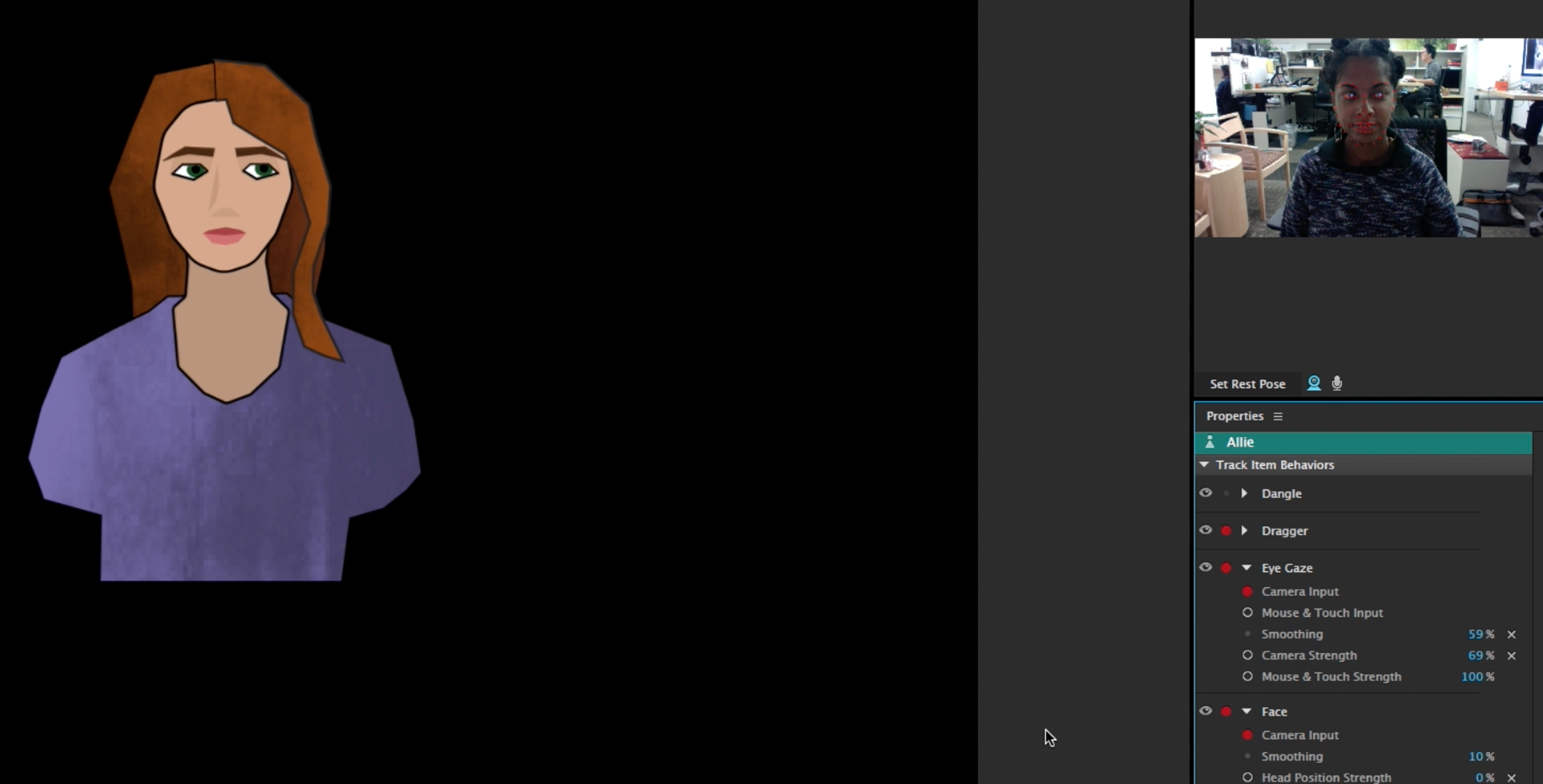

Art Direction
The look of Allie's story, developed by William Bottini, is characterized by simple geometry, grungy textures, thick lines, and a muted purple, green, and brown palette. In the mismatch between the 3D environments and the 2D characters, along with the simple animation, is a sense of incompleteness which echoes the state of mind of Allie as her own mind splinters and fragments. The character design itself was inspired by the simple vector-based art of the 1991 Amiga game, アウターワールド, or, Out of This World in North America.
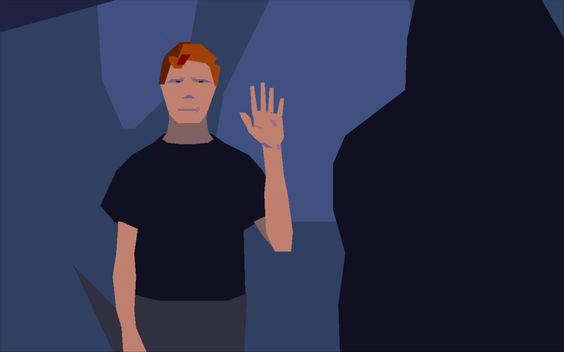

Motion design by Carlos Sanchez. Graphic design by William Bottini.
Didactic Videos
Our didactic videos are 2-3 minute videos on key learning concepts which bookend each part of "Allie's Story." They explore key concepts, such as the symptoms of hallucinations, using motion graphics and simple illustrations.
Long Term Impact of Extended D.U.P. Infographic. Graphic design by William Bottini.
Graphic Design
The graphic approach to the videos was meant to be simple and geometric to fit our production schedule, but also to allow the team to invest more time in animation and sound design to bring the videos to life and create moments of surprise. The initial art direction was inspired in part by Memphis design and the artist Peter Judson.
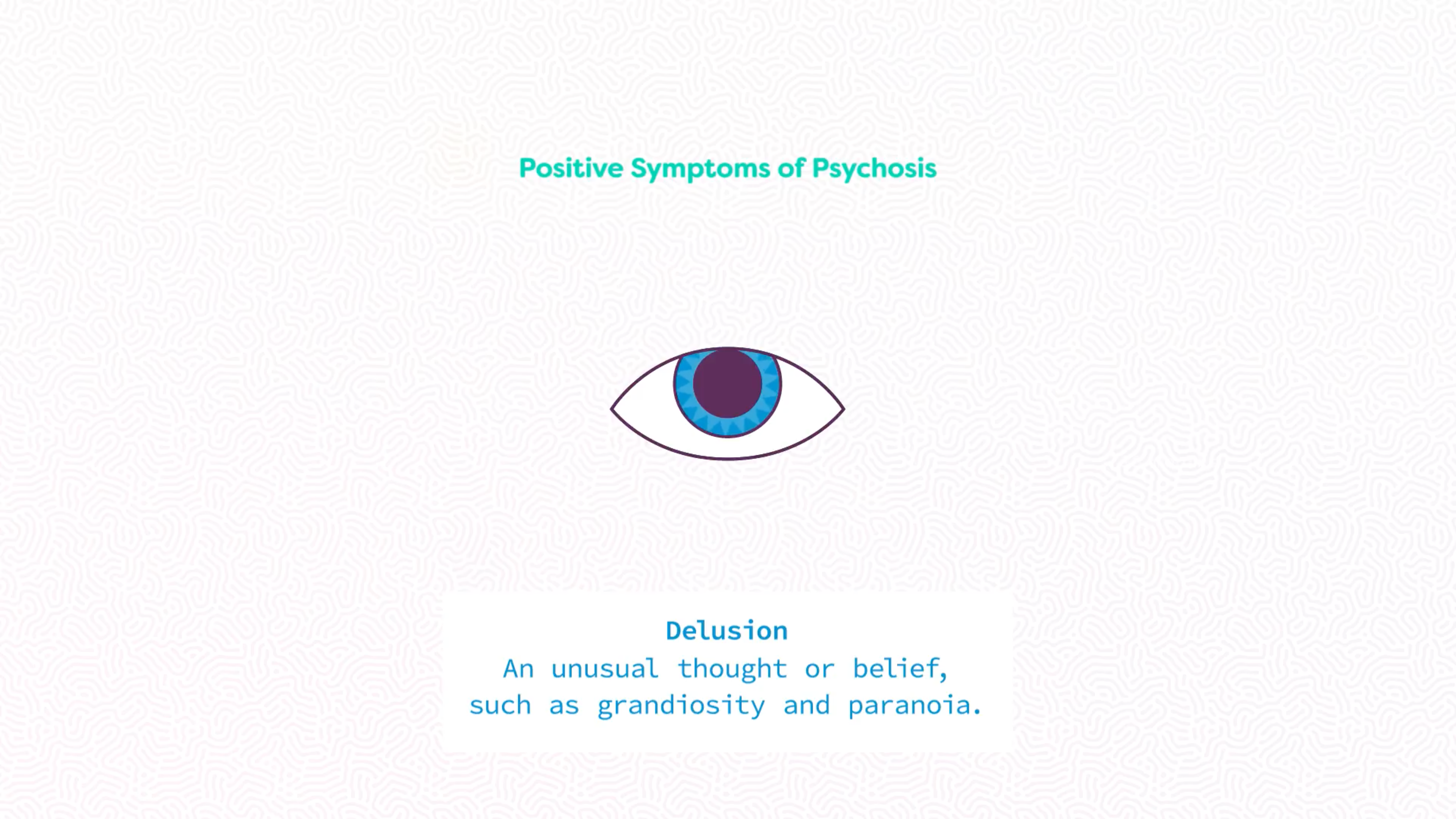
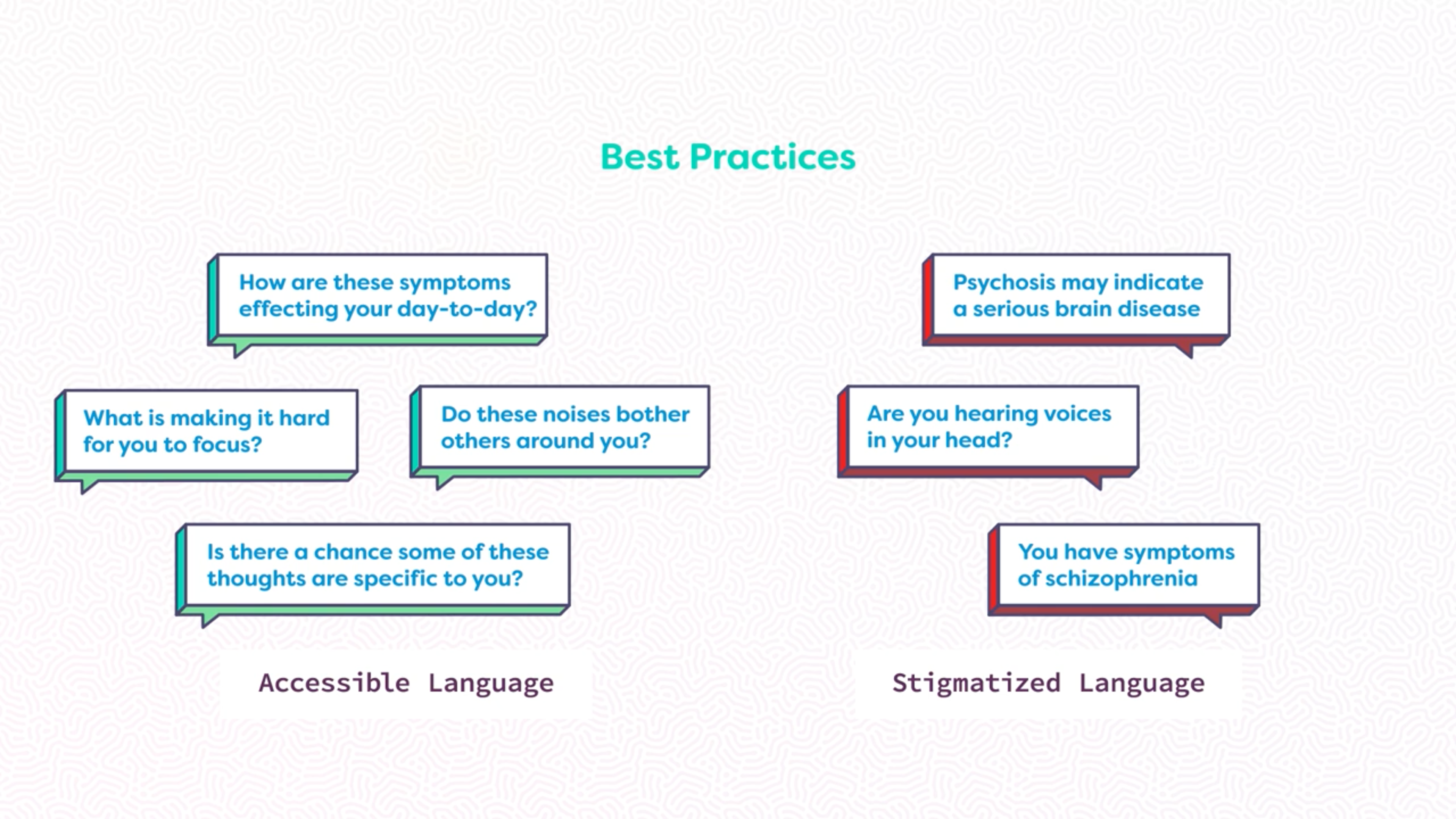

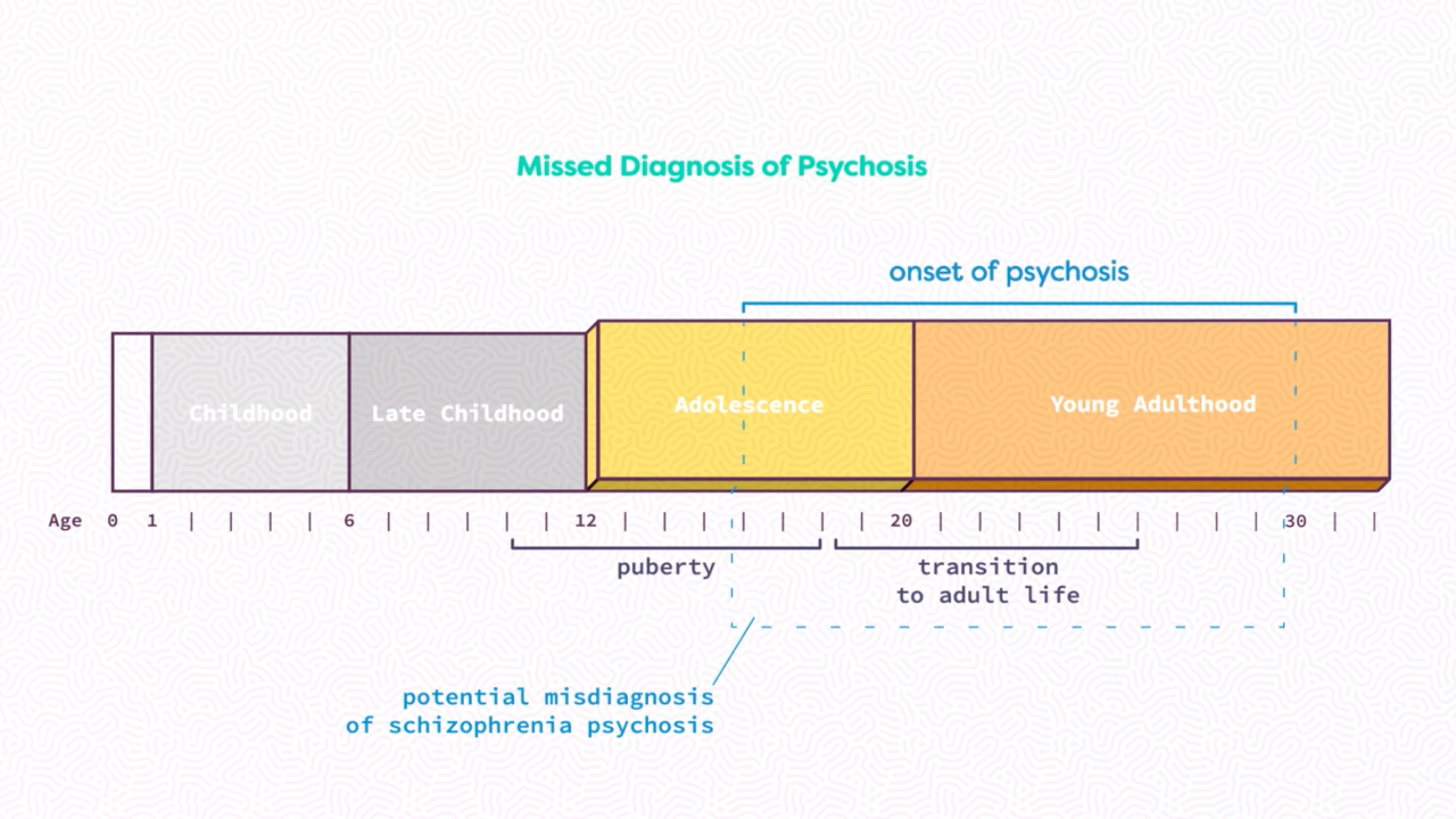

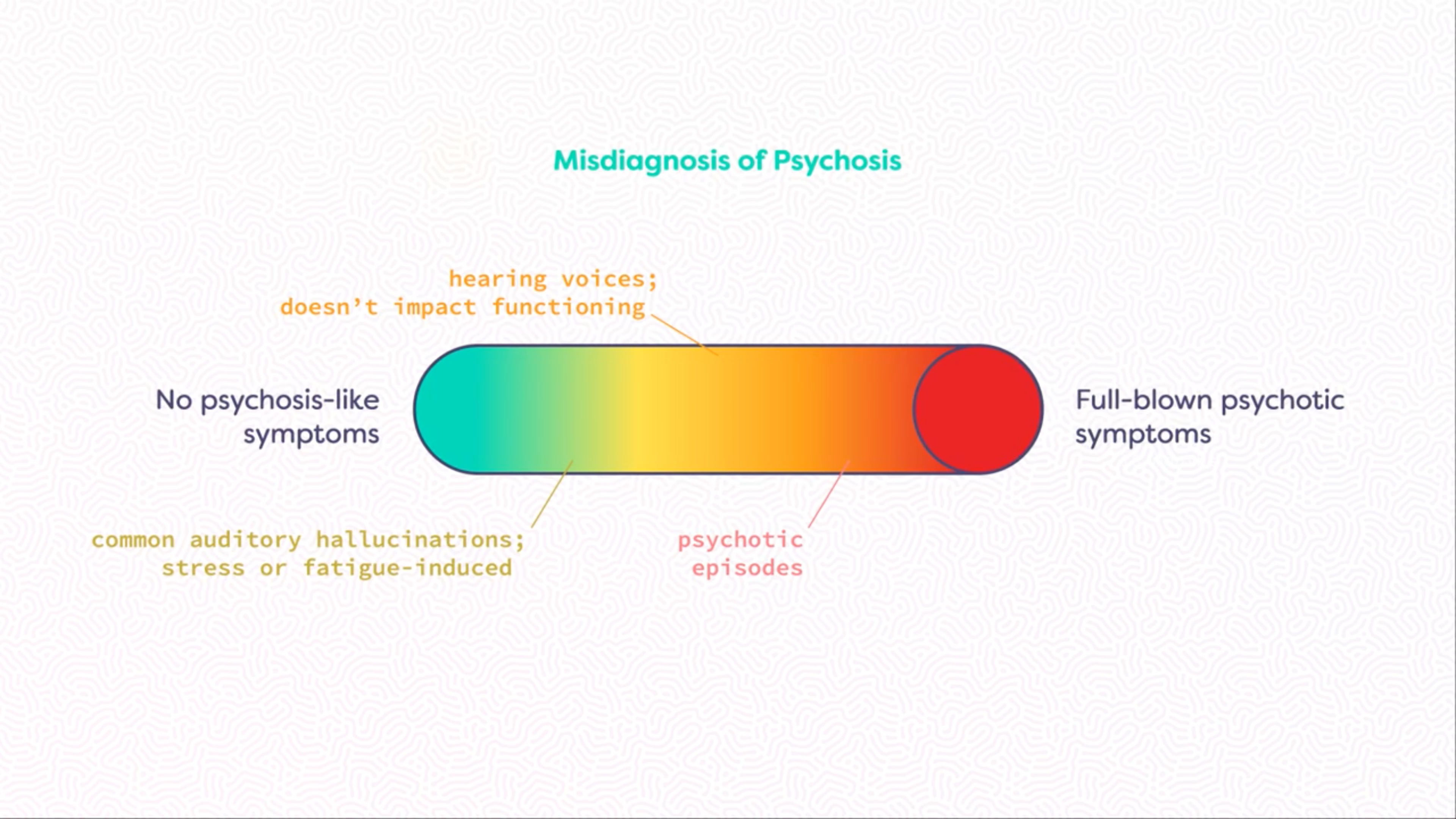
Various graphic illustrations for the course by William Bottini.
Motion Graphic Design
The motion graphic work for the didactic videos takes advantage of the simple geometry and flat colors of the graphic design to play with the theme of deconstruction. The graphics construct and deconstruct themselves based on the fundamental properties of the shapes: fill, stroke, and position. Carlos Sanchez and William Bottini did the motion design.
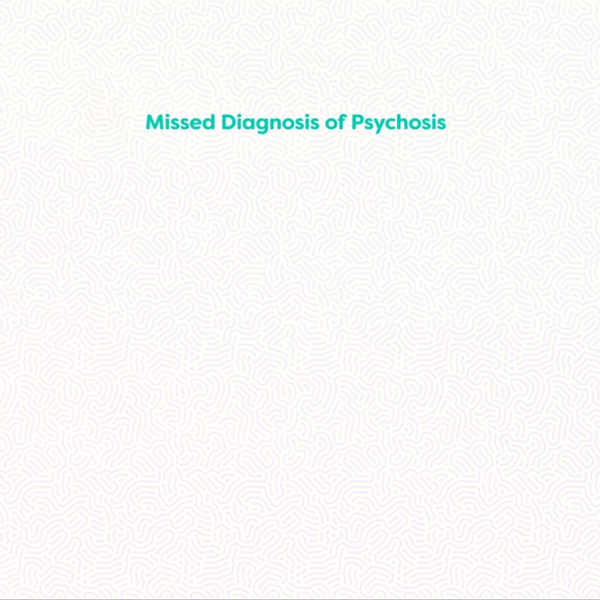
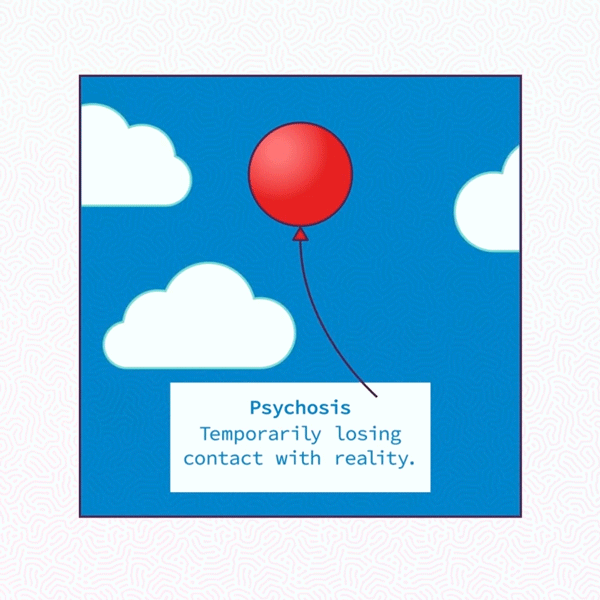

Motion design by Carlos Sanchez. Graphic design by William Bottini.
This course was designed and built by Stanford Medicine's EdTech team:
Andrew Baek, writer, editor, sound designer
Deila Bumgardner, writer, instructional designer
William Bottini, director, graphic designer, motion graphics lead, art direction
Kate Hardy, faculty director
Carlos Sanchez, motion graphics
Huy Tran, 3D environments
Kim Walker, manager
Lauren Watley, character animation, character design
Additional illustration work by XPAN
